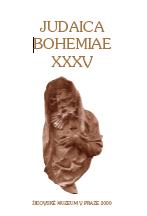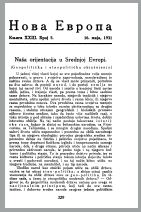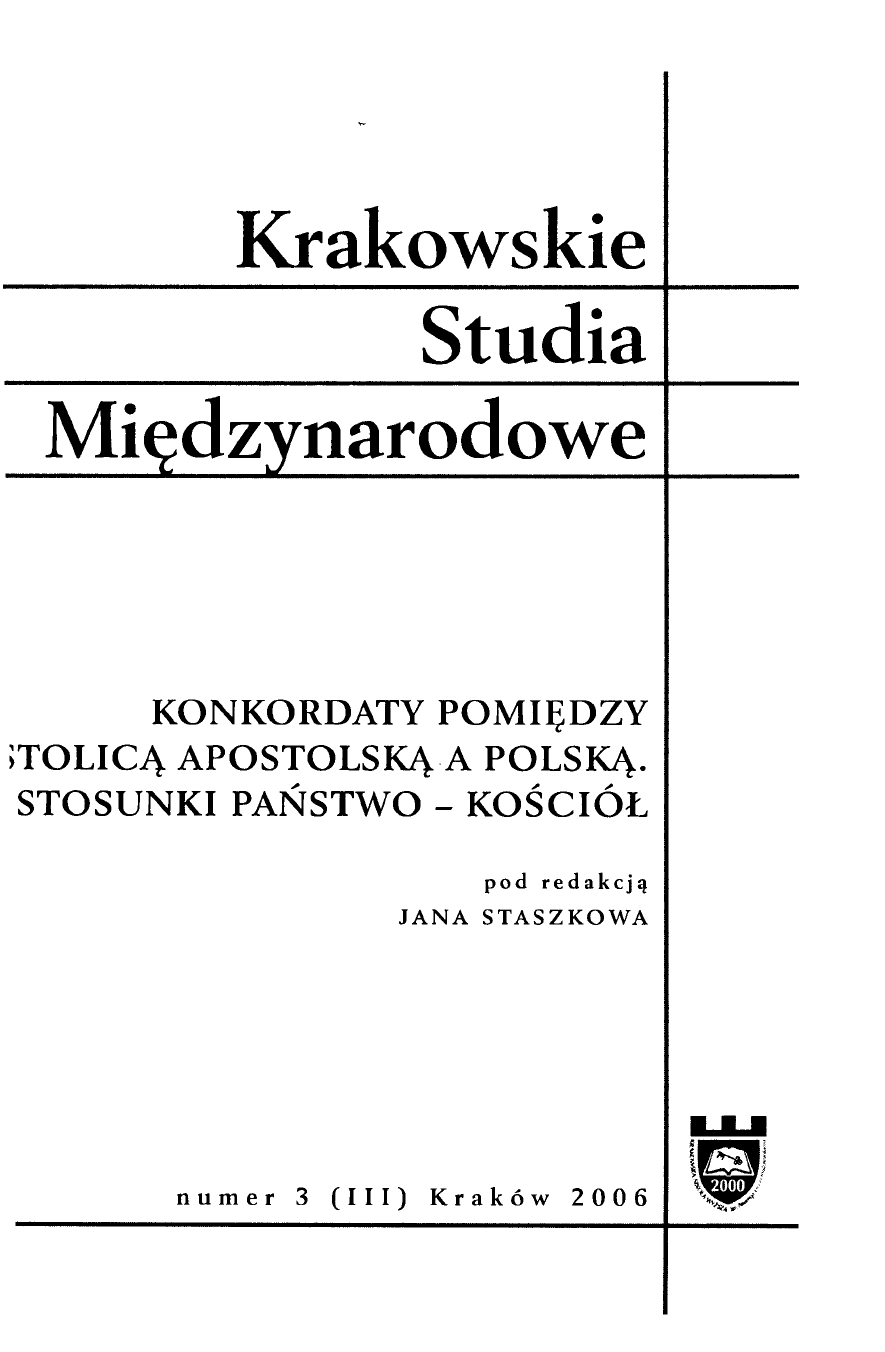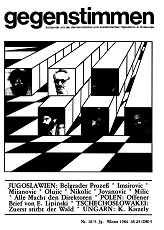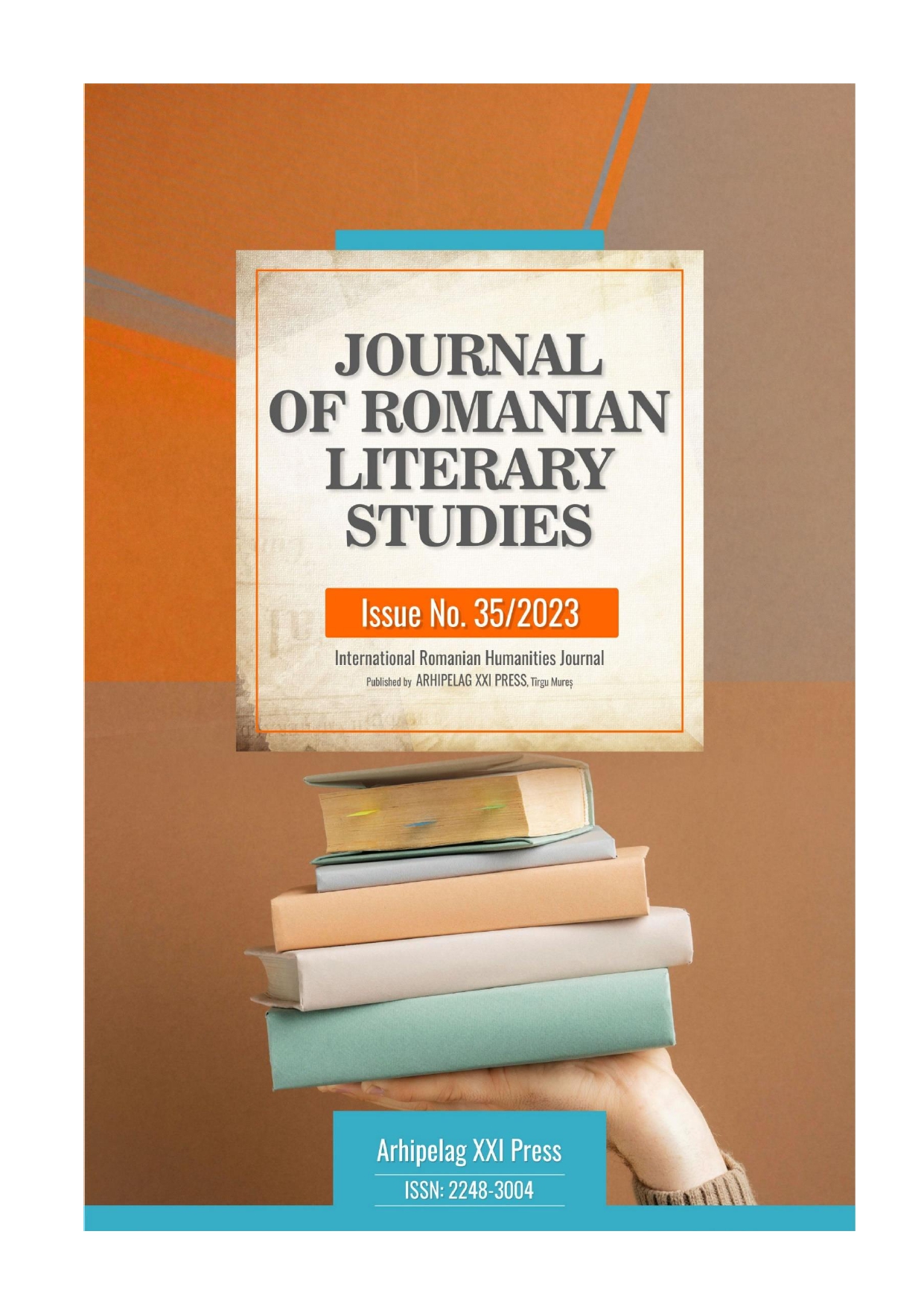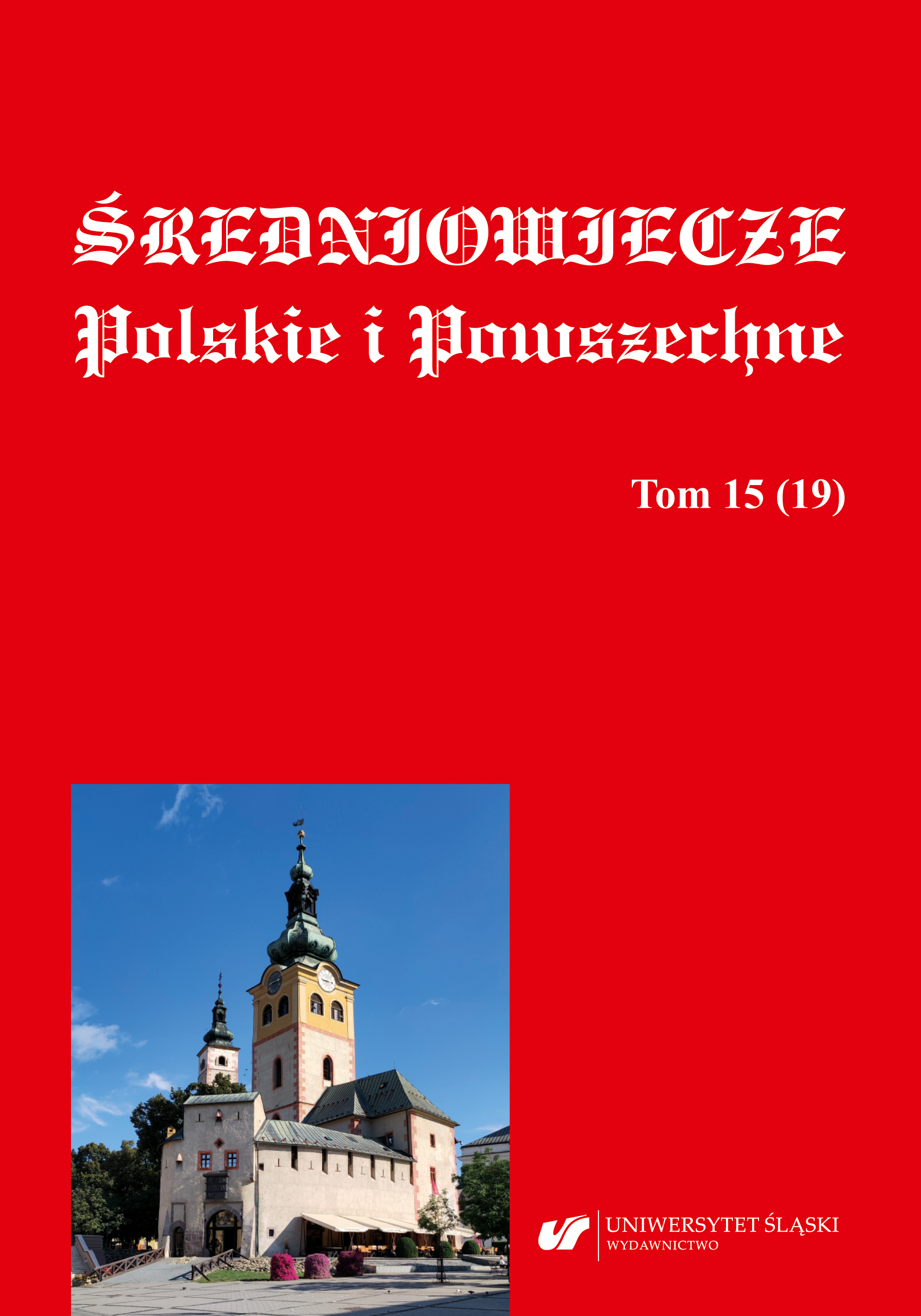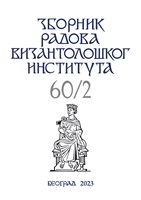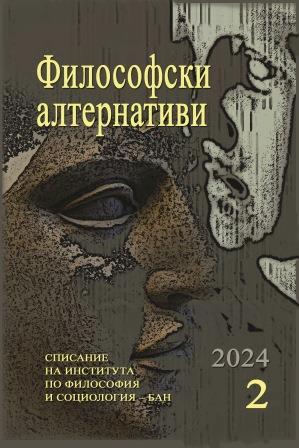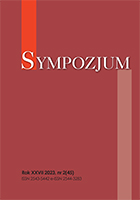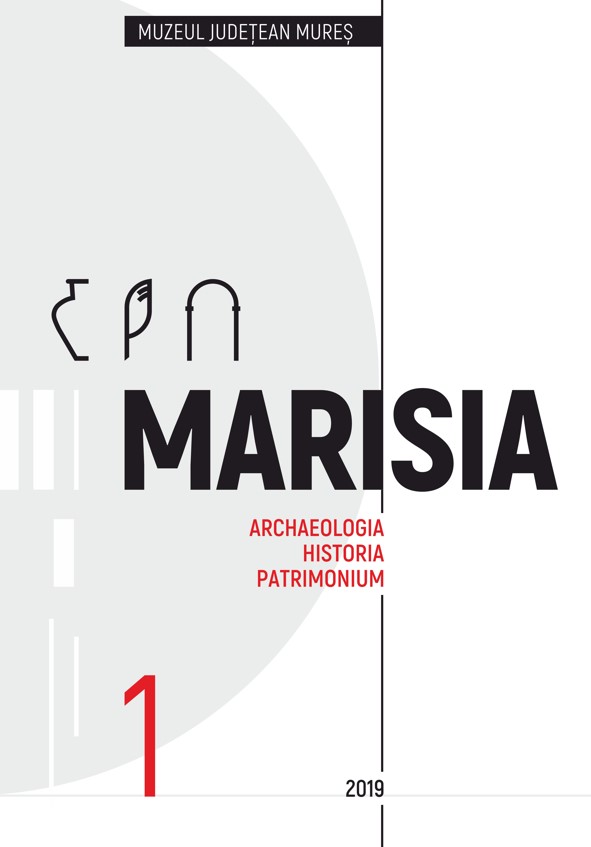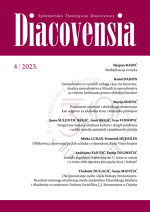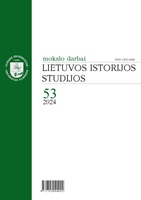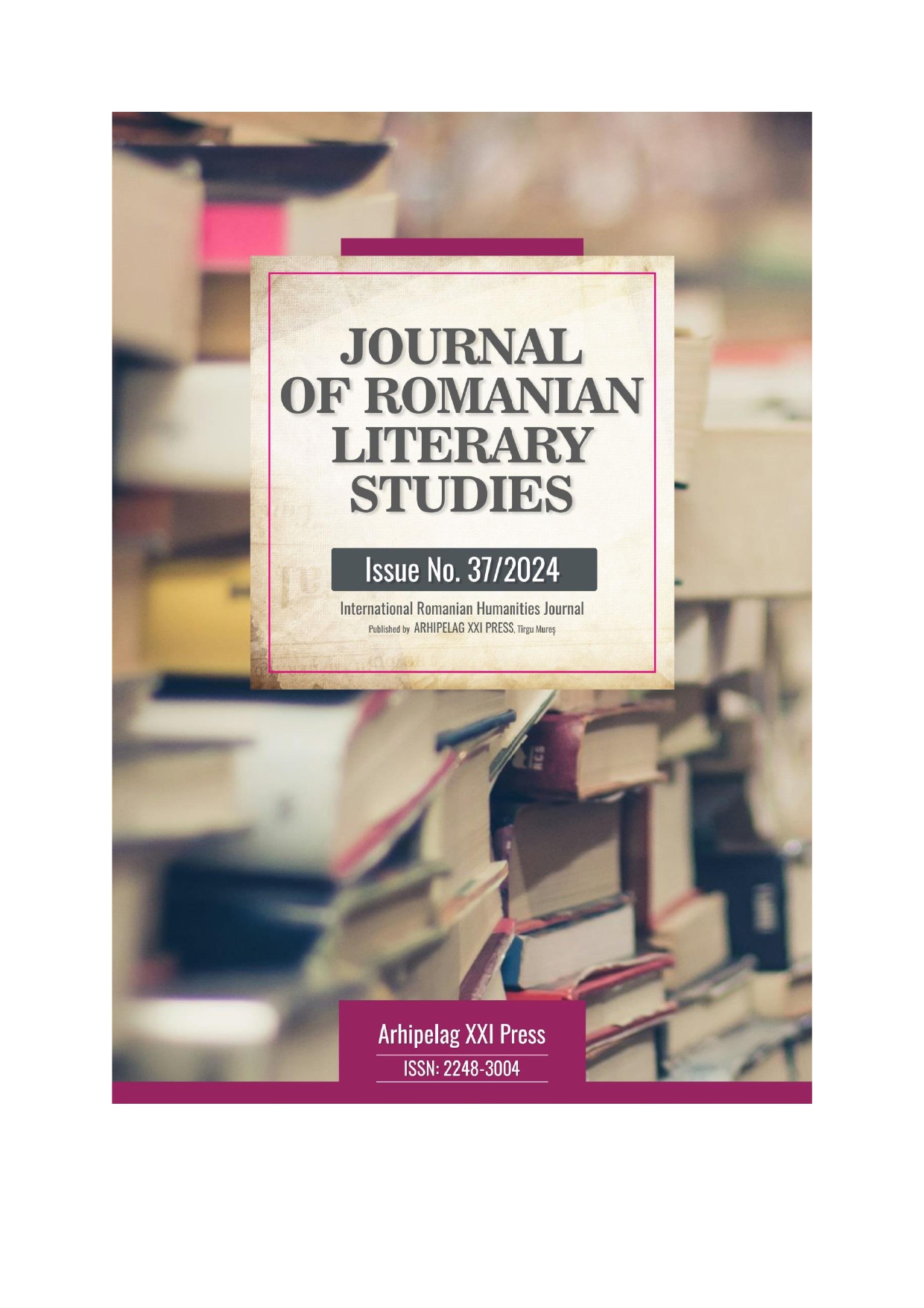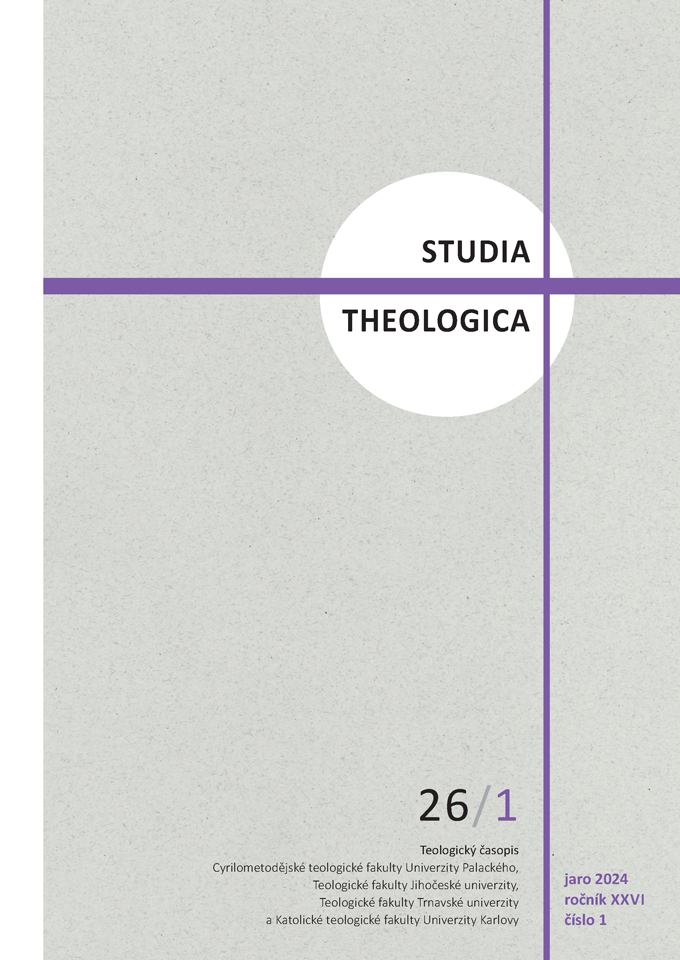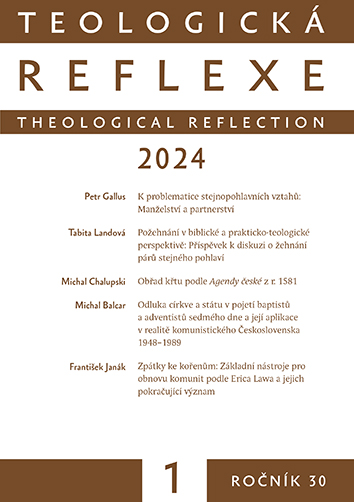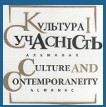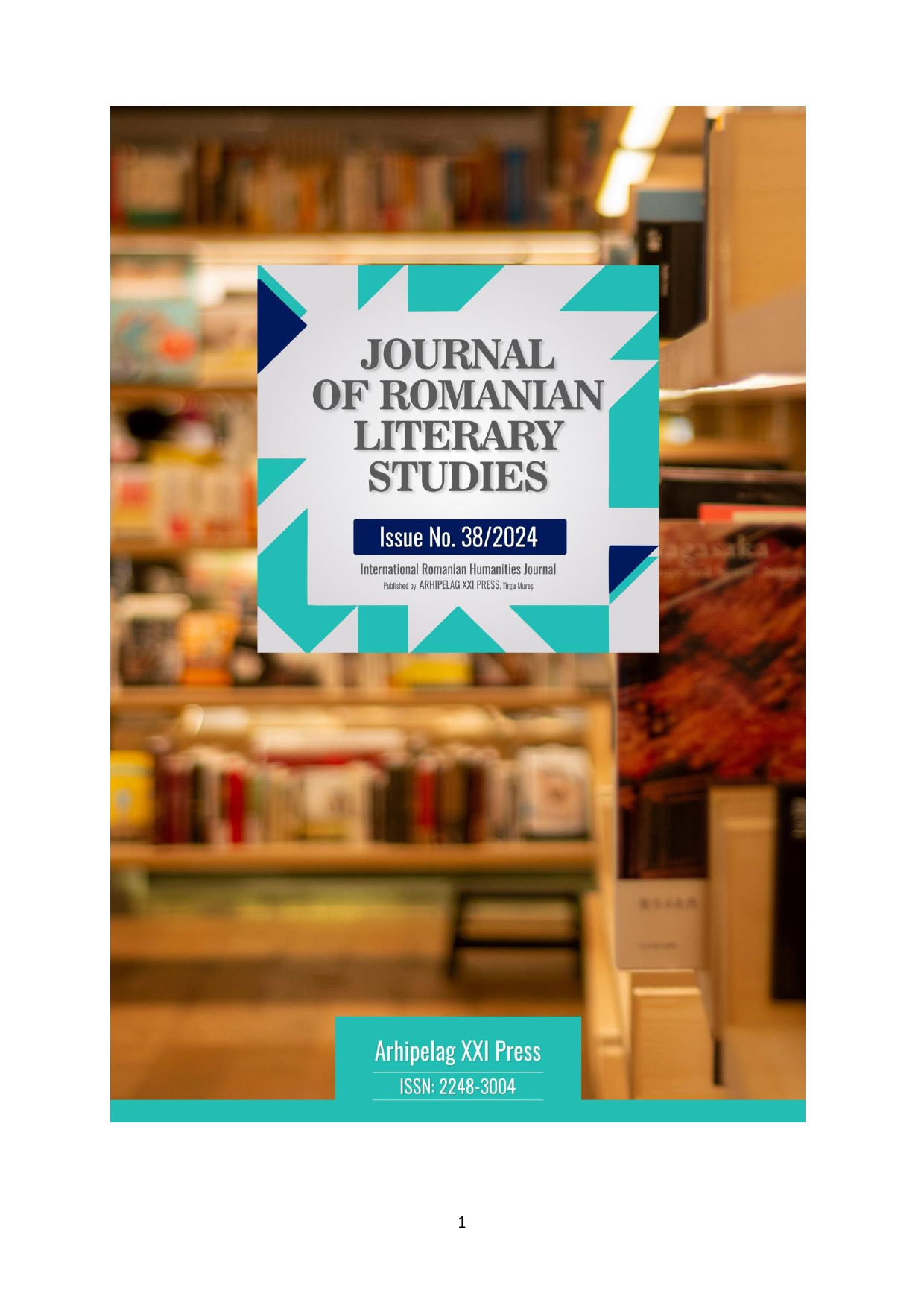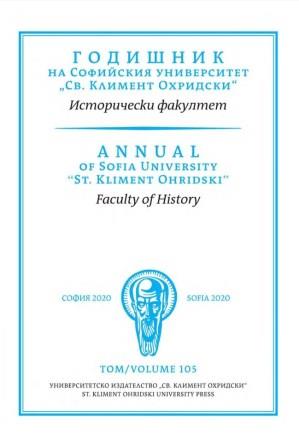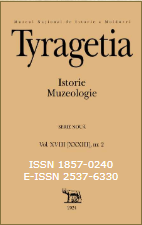Author(s): István Karácsony / Language(s): Romanian
Issue: 1/2019
The Calvinist church from Fântânele (Mures County, RO) proves to be one of the most important architectural monuments in the upper part of the Târnava Mică Valley, due to its construction in the 13th and 14th centuries and to its special artistic details, preserved through the decorations and interior furnishings. It was built on a nucleus of Romanic origins that can be detected in the elevation of the nave and also in the tower attached to the western façade. Later on, the church was subject to several modifications that can be ascribed from a stylistic and chronological perspective to the Gothic period and Transylvanian late-Renaissance. Imprints of the Gothic building-phase can be identified in the polygonal apse, consolidated with buttresses displaying features similar to those found on the side walls of the nave. These additions date back to the 15th and 16th centuries and this intervention represents the most important alteration of the edifice. Even though smaller in size, the elements introduced in the 1600s are remarkable due to their esthetic and stylistic quality. The modifications of that time culminated in 1625, when the construction of the coffered ceiling, which is still present in the apse, was carried out. The painted plafond, financed by János Gáspár of Szöverd, exceeds the importance of local heritage, as it is the only in situ example from Transylvania dated during the first half of the 17th century. Later interventions lack any well-defined stylistic qualities, however their impact on the recent evolution of the church proves to be significant. Examples to be mentioned here are the painted coffered ceiling placed in the nave of the church in 1782, along with the Southern portico, erected in 1835 and 1836. Between 1980 and 1983 an extensive restoration took place, accounting for the largest action of this type in the recent history of the building. The ecclesiastical building valued primarily due to its mural paintings (to be discussed by the author of this study in a forthcoming paper), also raises other questions pertaining to art history, along with the problems identified by specialists in the second part of the 20th century. The advances in the research of the Transylvanian built heritage over the past decades resulted in an extensive amount of new data, thus, widening the perspectives of the analysis of the Calvinist church from Fântânele. Therefore, we find it necessary to make several corrections to a previously formulated theory concerning the authorship of the church’s coffered ceiling. Contrary to the idea presented in 1945 by the historian Lajos Kelemen, one cannot make a well-supported argument for the association between this feature and the painter János Kepíró of Egerháza.
More...
